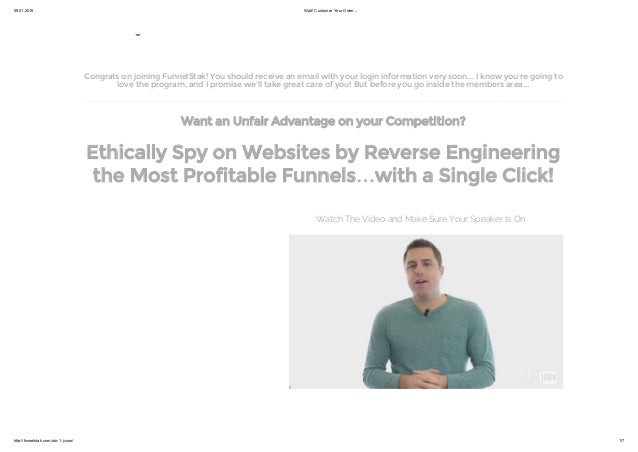Using marketing funnels to amass clients

Using advertising funnels to accumulate shoppers is a strategic method that involves guiding potential clients through a collection of steps or stages to convert them into paying clients. Here's a step-by-step guide on how to get shoppers utilizing marketing funnels:
Understand Your Target Audience:
Before you create a marketing funnel, it is essential to have a deep understanding of your target market. What are their pain factors, wants, and preferences? Where do they spend their time online? What are their demographics and psychographics?
Create Compelling Content:
Develop high-quality content that resonates along with your audience. This could include weblog posts, videos, infographics, eBooks, webinars, etc. Ensure that your content material addresses their ache factors and provides value.
Find out more of the Funnel (TOFU) - Awareness Stage:
At the highest of the funnel, your aim is to create awareness about your brand and capture the eye of potential purchasers. Use various channels like social media, content advertising, web optimization, and paid promoting to draw site visitors to your web site or touchdown pages.
Middle of the Funnel (MOFU) - Consideration Stage:
Once you have attracted guests, the subsequent move is to have interaction and nurture them. Offer priceless assets corresponding to email newsletters, lead magnets, and gated content in exchange for his or her contact data (usually e-mail addresses). Use email marketing to nurture leads and provide them with relevant content.
Bottom of the Funnel (BOFU) - Conversion Stage:
At this stage, leads are ready to make a purchase choice. Offer them focused content and incentives, similar to reductions, free trials, or product demonstrations. Use retargeting advertisements to maintain your model prime of mind for those who have shown curiosity but haven't converted yet.

Landing Pages and Sales Funnels:
Design devoted landing pages and gross sales funnels for each stage of the client's journey. Ensure that these pages are optimized for conversion and provide a transparent name to action (CTA).
Segmentation and Personalization:
Tailor your messaging and presents based mostly on the precise needs and behaviors of your leads. Segmentation and personalization can considerably enhance conversion rates.
Analytics and Tracking:
Implement monitoring tools like Google Analytics and marketing automation software program to observe the efficiency of your funnel. Analyze metrics corresponding to conversion charges, click-through charges, and bounce rates to identify areas for enchancment.
Optimization and A/B Testing:
Continuously optimize your marketing funnel by working A/B checks to determine which parts (e.g., headlines, CTA buttons, e mail subject lines) carry out greatest. Make data-driven selections to enhance the funnel's effectiveness.
Follow-Up and Retention:
Don't forget about shoppers you've got already acquired. Implement post-purchase nurturing strategies to retain and upsell to current clients, turning them into repeat clients and brand advocates.
Refine and Scale:
As you collect more information and acquire expertise, refine your advertising funnel to make it more environment friendly and efficient. Once you have a well-functioning funnel, you presumably can scale your efforts by investing extra assets in advertising and content material creation.
Customer Feedback and Iteration:
Listen to feedback out of your clients and leads to make steady enhancements to your funnel. Customer suggestions can reveal pain points and opportunities you may need missed.
Remember that marketing funnels aren't one-size-fits-all. They ought to be tailor-made to your particular enterprise, trade, and target audience. Regularly analyze and adapt your funnel to stay relevant and competitive in your market..
